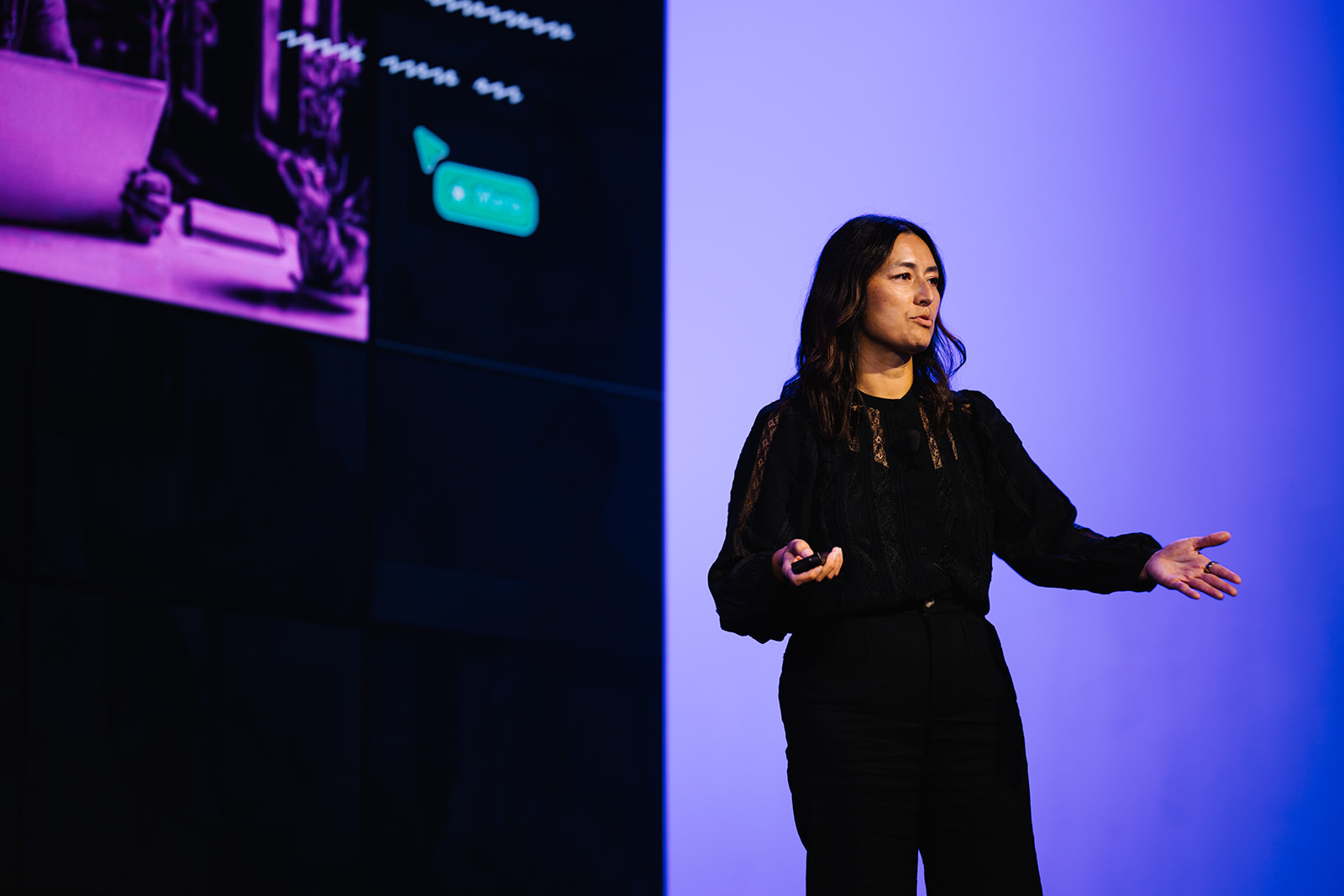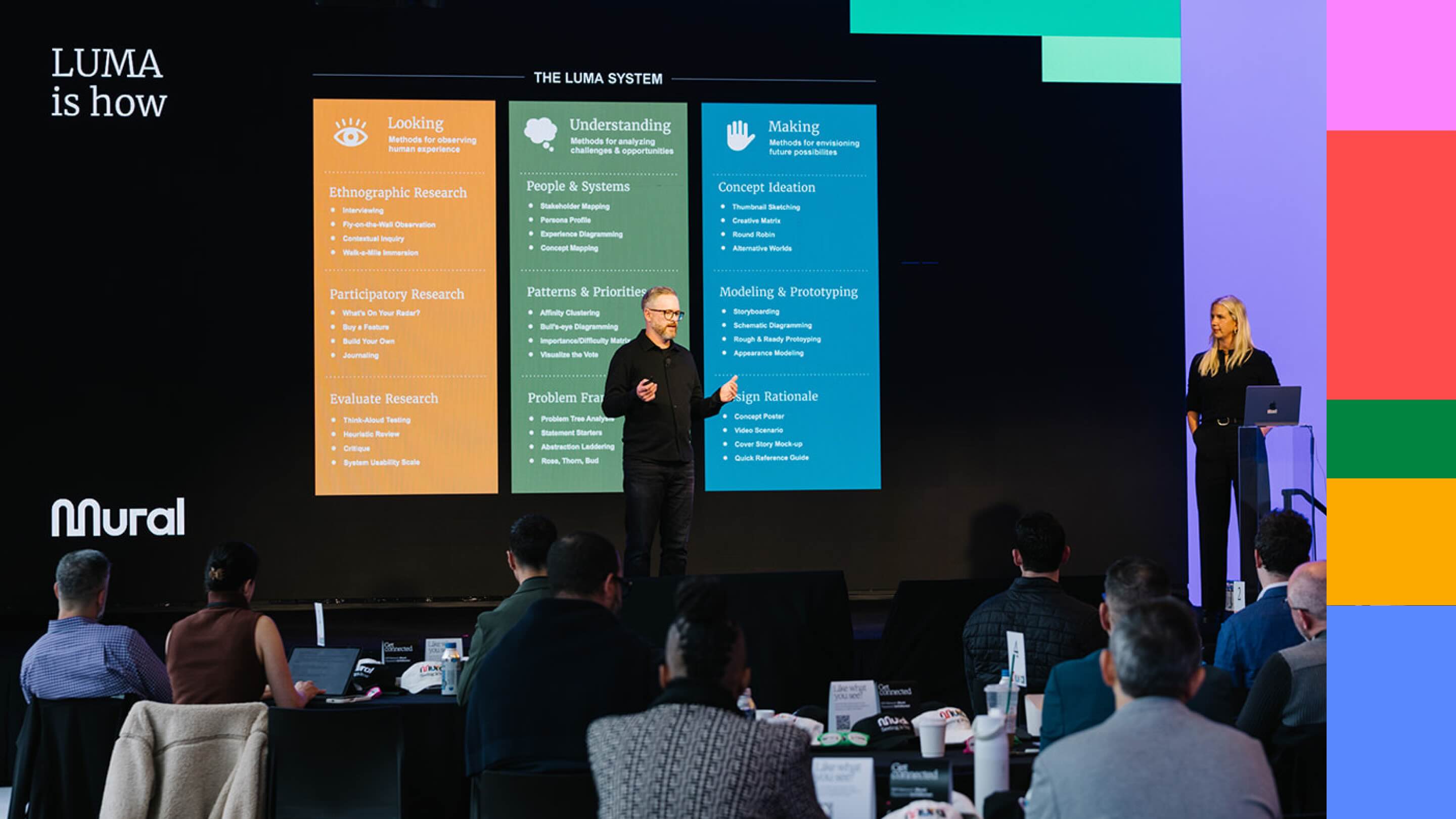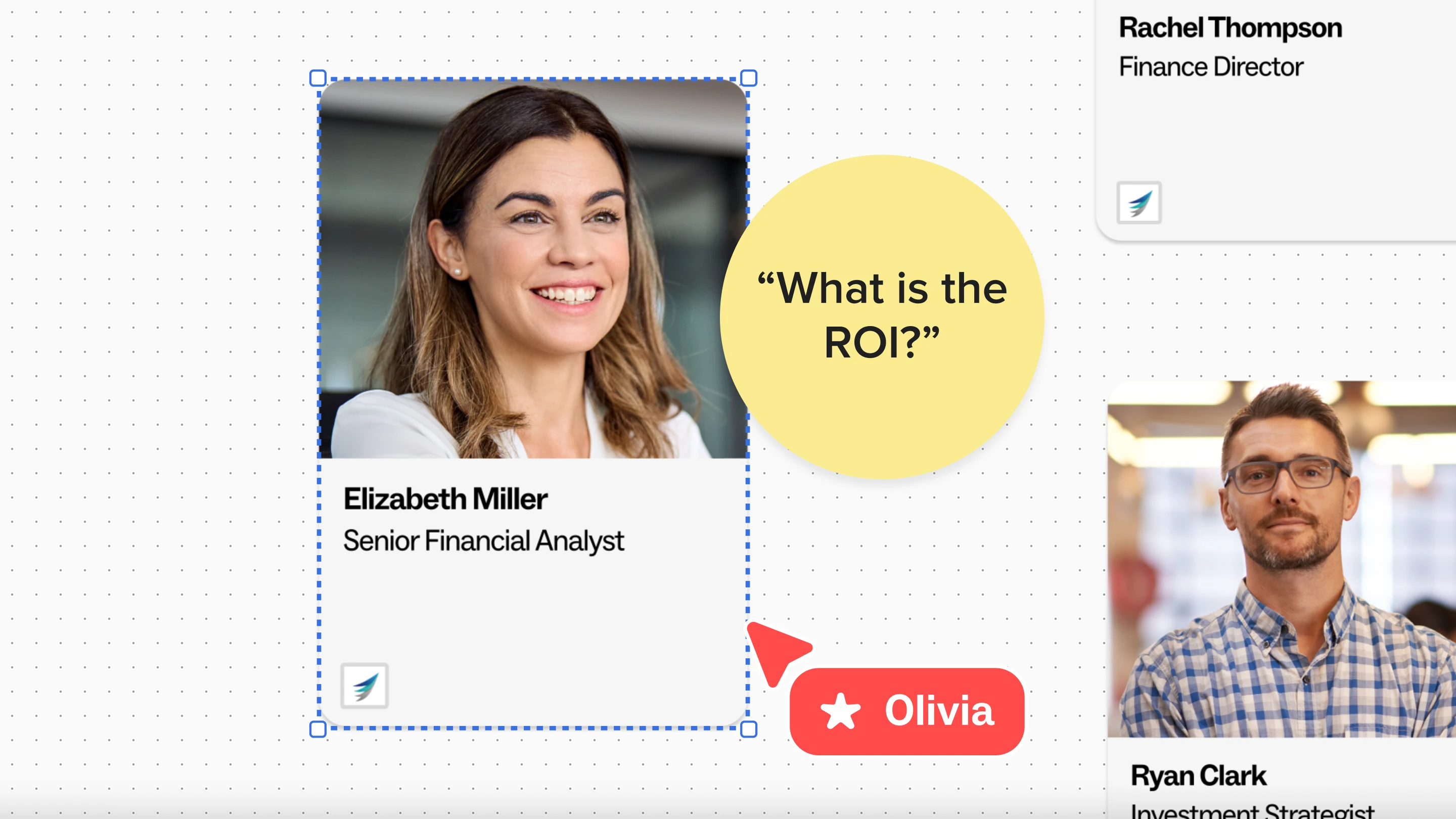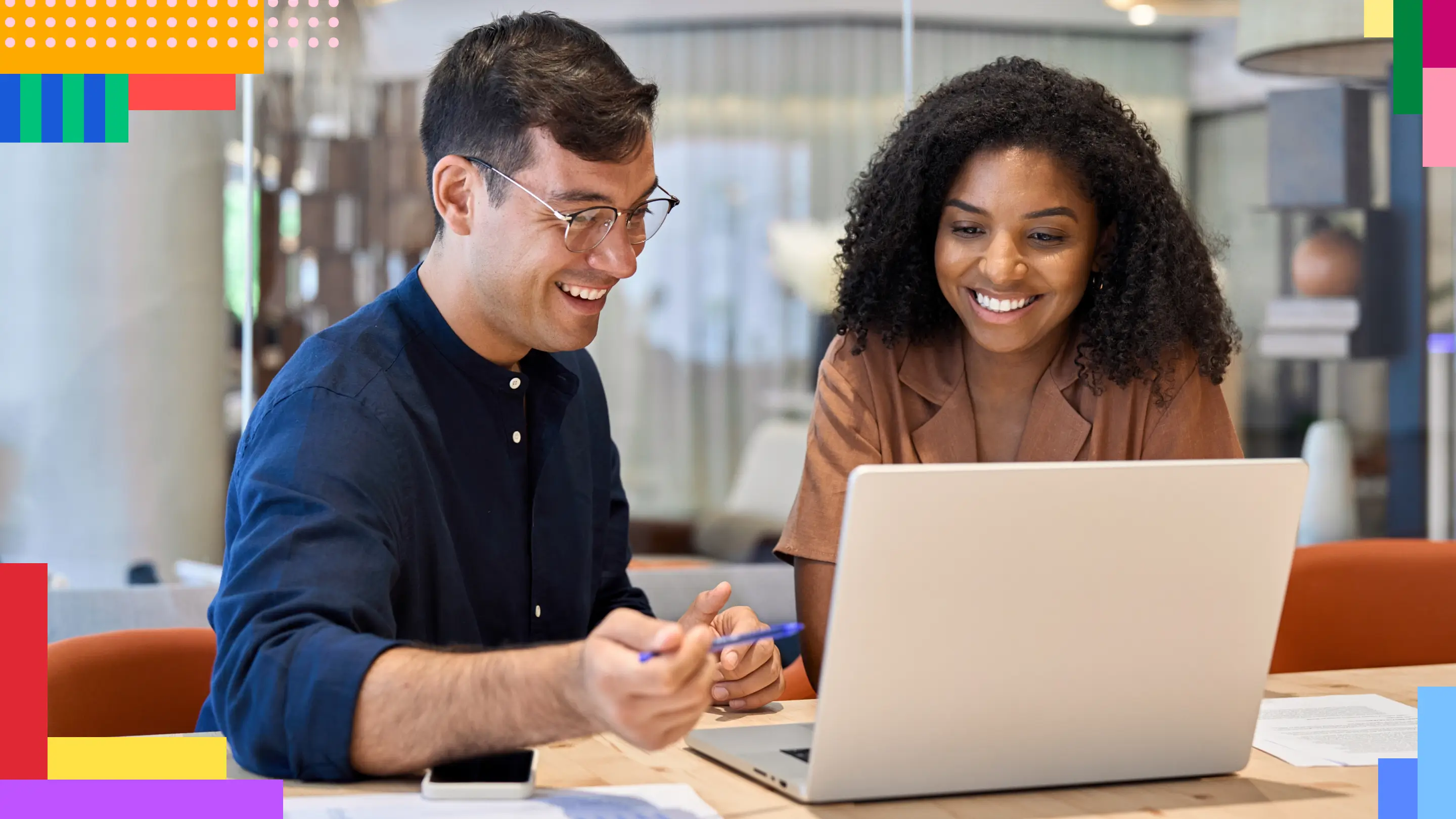By Elaina O’Mahoney, Chief Product Officer, Mural
I recently stood in front of a room full of leaders and innovators and asked a simple question:
“Raise your hand if you use more than one AI tool every day”
Every hand went up. Most said two or three. That’s not surprising, because AI has already woven itself into how we all work. Engineers use it to debug and code faster. Product managers use it to make sense of huge volumes of feedback. Sales teams qualify leads with it, and marketers generate more ideas in less time.
But as I listened to people describe all the ways they’re using AI, I couldn’t shake one question:
Are we truly working better, or just faster?
The hidden cost of speed
There’s no doubt that AI has supercharged individual productivity. We can all move faster, write faster, create faster. But speed without alignment comes with a side effect: a loss of shared context.
If everyone on a team uses their own two or three AI tools, each person’s process becomes invisible. The prompts they write, the assumptions they make, the reasoning behind their choices, all of it stays hidden inside their personal AI chats. Work moves faster in silos, but not necessarily in sync.
The result? Teams risk drifting apart. Early adopters sprint ahead, producing impressive volumes of output, while others lag behind. The gap between individual productivity and collective understanding widens, and alignment suffers.
AI is supposed to bring us closer to progress. Instead, it’s often just accelerating us in different directions.
That realization hit close to home for me. At Mural, we could see the same pattern starting to emerge inside our own work: incredible individual productivity gains, but fewer shared moments of alignment.
So we began asking a different question. What would it take for AI to strengthen collaboration instead of weakening it?
From output to outcomes
That question became the foundation for our own AI journey. Like many others, we started by looking for everyday tasks that could be automated to save people time: synthesizing feedback, summarizing insights, moving ideas forward.
That worked well. We could make individuals faster. But we started to notice a pattern. Once an AI-generated insight left the chatbox, its context disappeared. No one could see why behind decisions or how that output fit into the team’s shared understanding.
That’s when it clicked. Most AI software is designed for one person, a solo job. But Mural has always been about many people working together, collaborating visually and building alignment faster.
So we decided it's time to evolve our AI to match that DNA.
Designing AI for “us” instead of “me”
We’re rethinking what AI looks like when it lives inside shared work, not next to it. Instead of a bolted-on chat experience, Mural AI is being woven directly into the spaces where teams collaborate. That means insights, ideas, and synthesis don’t just belong to one person. They’re visible to everyone, right where the work happens.
This shift enables solo work to become shared work with teammates, without the loss of context, enabling speed for all.
It changes the question from “What can AI do for me?” to “What can AI help us do together?”
And that’s where the real return on AI lives: not in the quantity of what we produce, but in the collective impact produced together.
Four principles for team-centered AI
As we’ve built this vision, a few principles have guided us:
- Transparency and speed. Shared visibility keeps teams aligned and thinking together.
- Context is currency. The reasoning behind an idea matters as much as the idea itself. AI should help preserve that context, not hide it away.
- Collaboration beats capability. A team using AI collectively will always outperform individuals using it in isolation.
- Choose solutions that both accelerate and connect. The goal isn’t just faster output, it’s forward impact, together.
The future: Collective intelligence
We’re entering a new phase of work, one where AI can either isolate us further or unite us more deeply. The difference will depend on how we design and use it.
The future of AI in the workplace isn’t about replacing collaboration. It’s about enhancing it. It’s about building systems that remember context, capture reasoning, and amplify us collectively.
When AI helps us think together, not just work faster, it stops being a solitary advantage and starts becoming a shared one.
That’s the kind of intelligence worth building.



.webp)








